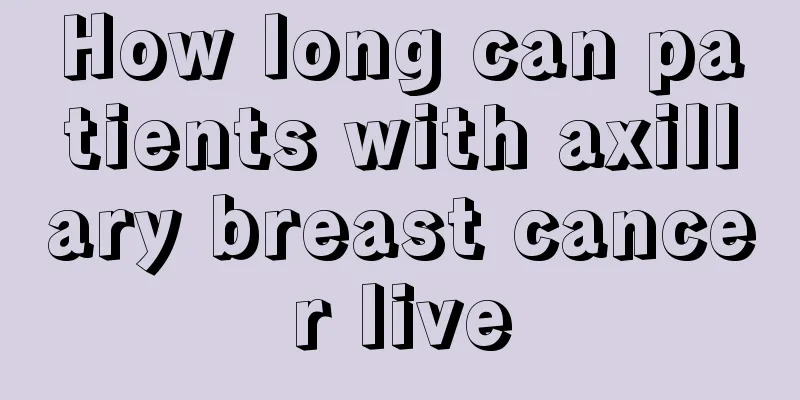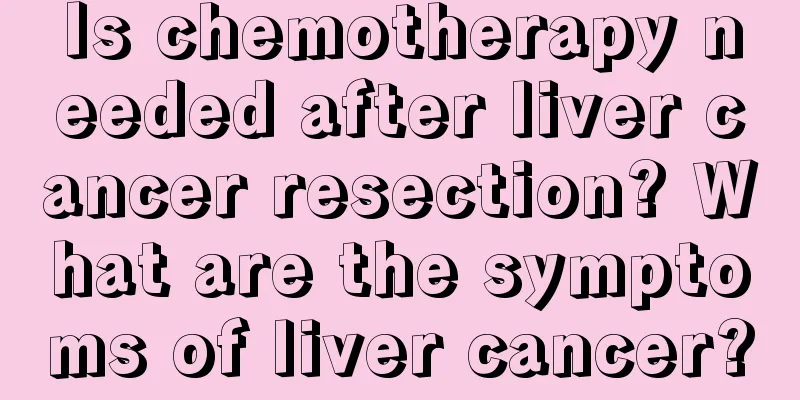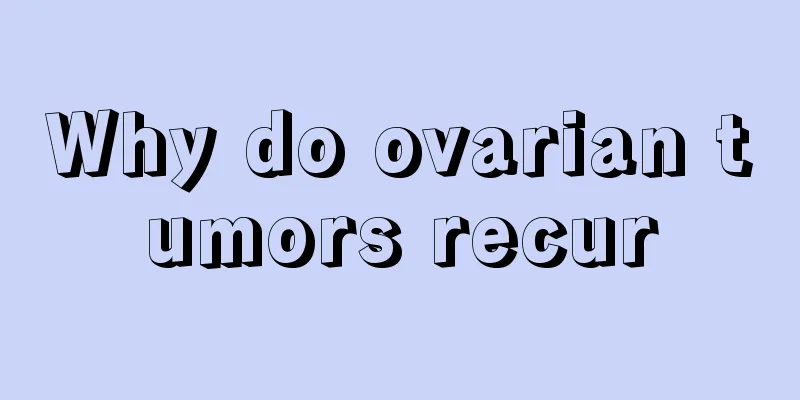What are the serious symptoms of acute cholecystitis

|
Cholecystitis is a relatively common and frequently occurring medical disease. Acute cholecystitis has an acute onset, develops rapidly, and is often associated with gallstone attacks, causing unbearable abdominal pain. In this case, you need to go to the hospital immediately to avoid causing shock to the patient. In addition, cholecystitis can also be chronic and is not easy to cure. If not treated with care, it will recur and cause great pain to the patient. Acute cholecystitis is a serious inflammation that mainly causes the following symptoms in the body: 1. Abdominal pain: Abdominal pain is the most common symptom in patients with acute cholecystitis. In the early stages of acute cholecystitis, patients may experience persistent pain in the middle and upper abdomen and right upper abdomen. If the gallbladder duct is edematous due to inflammation or is impacted by stones, severe colic may occur, and there may be radiating pain in the right shoulder and back area. Before the onset of the disease, there is often a history of greasy diet or long-term fatigue and other inducing factors. The pain often occurs at night when lying down or changing body position. 2. Gastrointestinal symptoms: Most patients with acute cholecystitis have gastrointestinal symptoms such as nausea and vomiting. Some patients also have symptoms such as aversion to greasy food. About 10%-15% of patients have mild jaundice. 3. Fever: Most patients with acute cholecystitis have infection, so they have fever symptoms in the early stage. The body temperature is generally 38-39℃. If the gallbladder is gangrenous or perforated, chills, high fever and systemic poisoning symptoms may occur. 4. Systemic symptoms: Due to fever, patients may experience fatigue, dizziness, general discomfort and other symptoms in the early stages, which require early attention. complication 1. Gallbladder abscess and hydrops When cholecystitis is accompanied by persistent obstruction of the cystic duct, gallbladder abscess may occur. At this time, symptoms worsen, and the patient will show high fever and severe right upper abdominal pain. Perforation is very likely to occur, and emergency surgery is required. If the cystic duct is blocked for a long time and there is no bacterial infection in the gallbladder, it may be complicated by gallbladder hydrocele or mucocele, and the gallbladder may be enlarged. Clinically, a painless or slightly tender swollen gallbladder can be felt in the right upper abdomen, which is suitable for surgical treatment. 2. Gallbladder perforation When the gallbladder is perforated on the basis of gangrene, the perforated part is often surrounded by the omentum. If it is not surrounded, the mortality rate can reach 30%. 3. Bile fistula Gallbladder inflammation can cause local perforation, forming cholecystoduodenal fistula, cholecystocolonic fistula, cholecystogastric fistula, jejunal fistula, cholecystobile duct fistula, etc. |
<<: Can loose teeth be repaired? How to fix it?
>>: What should I do if I faint at the sight of blood?
Recommend
Beware of the six signs of lung cancer: These people need to be especially careful about the invasion of lung cancer!
Lung cancer, a malignant tumor with a very high m...
Can hepatitis C be cured? How long does it take to treat hepatitis C?
The symptoms of hepatitis C are not very obvious ...
Can chest CT detect lung cancer? Detailed explanation of chest CT examination items for lung cancer
If lung cancer can be detected in its early stage...
Why does a hard lump grow on my ear and it hurts?
A hard lump inside the ear should certainly not b...
What should I eat when doing long-term physical labor?
Physical labor is a very honorable thing, but it ...
Preventing gastroenteritis in summer
The summer is very hot and humid, which can make ...
What diseases can high uric acid cause? The most common ones are these three
The harm of high uric acid is very serious. If th...
How to make seabuckthorn enzyme
The production method of sea buckthorn enzyme is ...
Symptoms of bladder cancer that are easy to occur in life
There are many diseases in the bladder area, and ...
What to do if your glasses are dry and itchy
There are many people who are addicted to their p...
Three proven Chinese medicine prescriptions for treating gastric cancer
Traditional Chinese medicine believes that the oc...
What is the normal size of the embryo at 50 days?
At different times of pregnancy, pregnant women f...
What are the causes of liver cancer
We all know that liver cancer can cause great har...
Do patients with advanced bile duct cancer still have hope of survival?
Do patients with advanced bile duct cancer still ...
What causes low back pain and leg swelling?
If you have swelling and pain in your waist and l...









